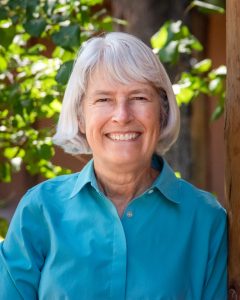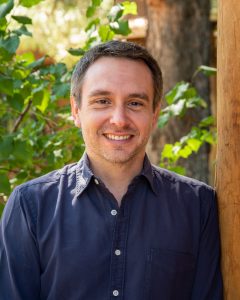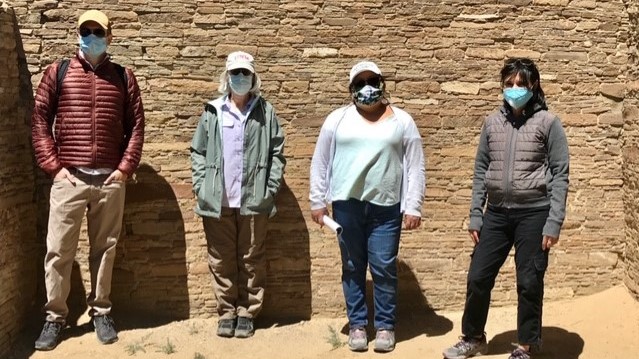

SAR provided largely uninterrupted time, which gave me the opportunity to read extensively, catching up on literature I had missed and finding new studies I knew nothing about. I cannot emphasize enough what a luxury it has been to have this reading time. The peaceful grounds of SAR are the perfect place for quiet reflection, and I have had a number of new insights during my stay. This has enriched my interpretations of these drinking vessels in ways I could not have anticipated when I applied. In particular, I have been able to find patterns in the manner in which these vessels were discarded that have changed the way I understand how Chacoans viewed the jars.


In addition to all the great museums (starting on the SAR campus at the IARC), events, and restaurants, I walked in town or hiked on nearby trails most days, and I’m convinced all the fresh air and amazing views were good for my writing brain. I was also able to take a few weekend trips in the state with my family. That I could be here with them also made this year work for me in a profound way. I really have to thank you for the warm and sustained welcome SAR gave not only to me but to them as well. It has been a wonderful, enriching year for all of us.
SAR’s other Mellon fellow and historian of the Chihuahuan Desert, C. J. Alvarez, reflects on his time at SAR “with mixed emotions and a divided mind.”
On one hand, I can say that, without a doubt, my year at the School for Advanced Research has been the highlight of my entire career. On the other, a great sadness has come to the world during my time here, and as my days in Santa Fe wind down, the stranglehold of the virus grows stronger. The contrast between the peace of mind afforded by residency at SAR and the tumultuousness of the world outside could not be more stark.


Alvarez describes his time at SAR, especially during the pandemic, as forging an unexpected level of connection between the fellows, one that they seem unlikely to ever forget.
The vision of SAR is to be an institution that “fosters understanding of humankind through scholarly and artistic creativity,” and this is what our fellowship with one another embodied in the fullest sense. In our long exchanges, we drew on both our research and the details of our own lives to try to make sense of what the pandemic has done to our species, and we speculated about what we might be able to learn from it. In those many hours, life felt less like a lockdown and more like the most advanced seminar I have ever attended. Like everyone else, I look forward to the day when the virus has been put behind us somehow. But in the here and now, I am grateful for the opportunity it has inadvertently presented in this special place.
